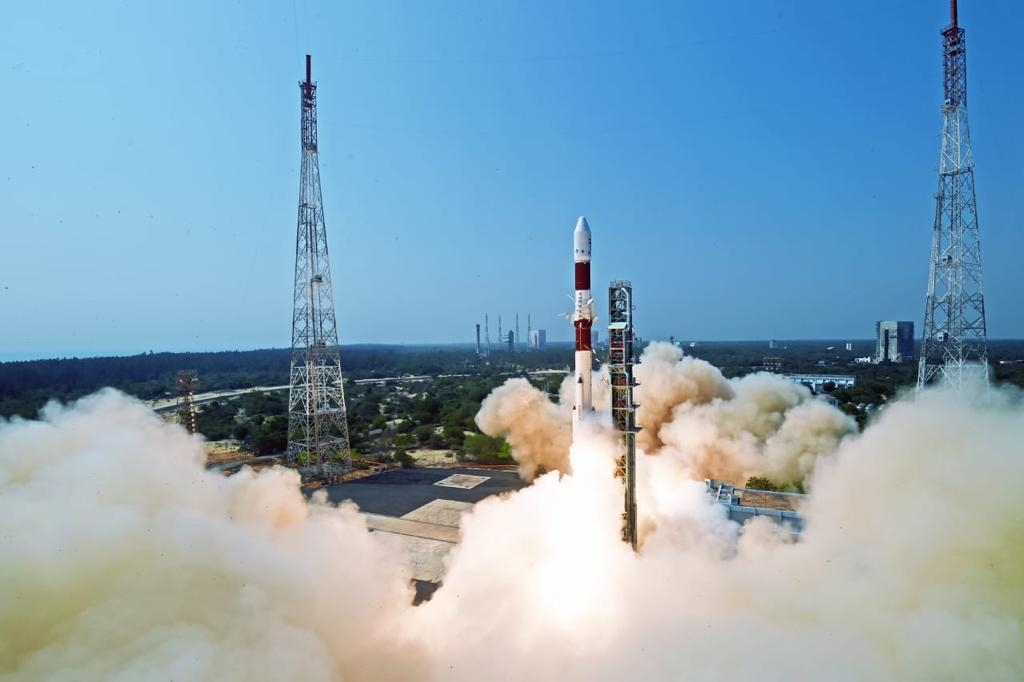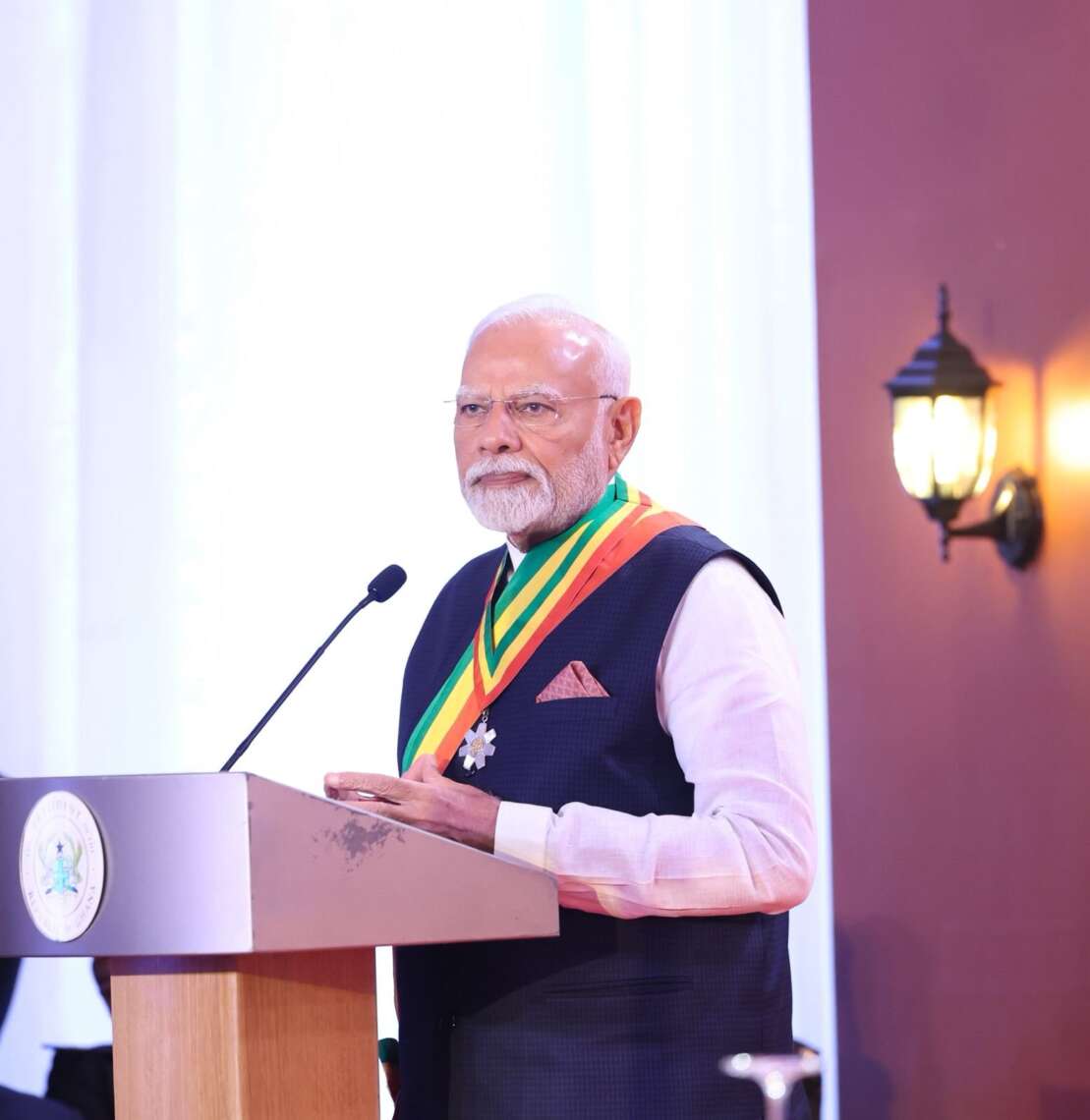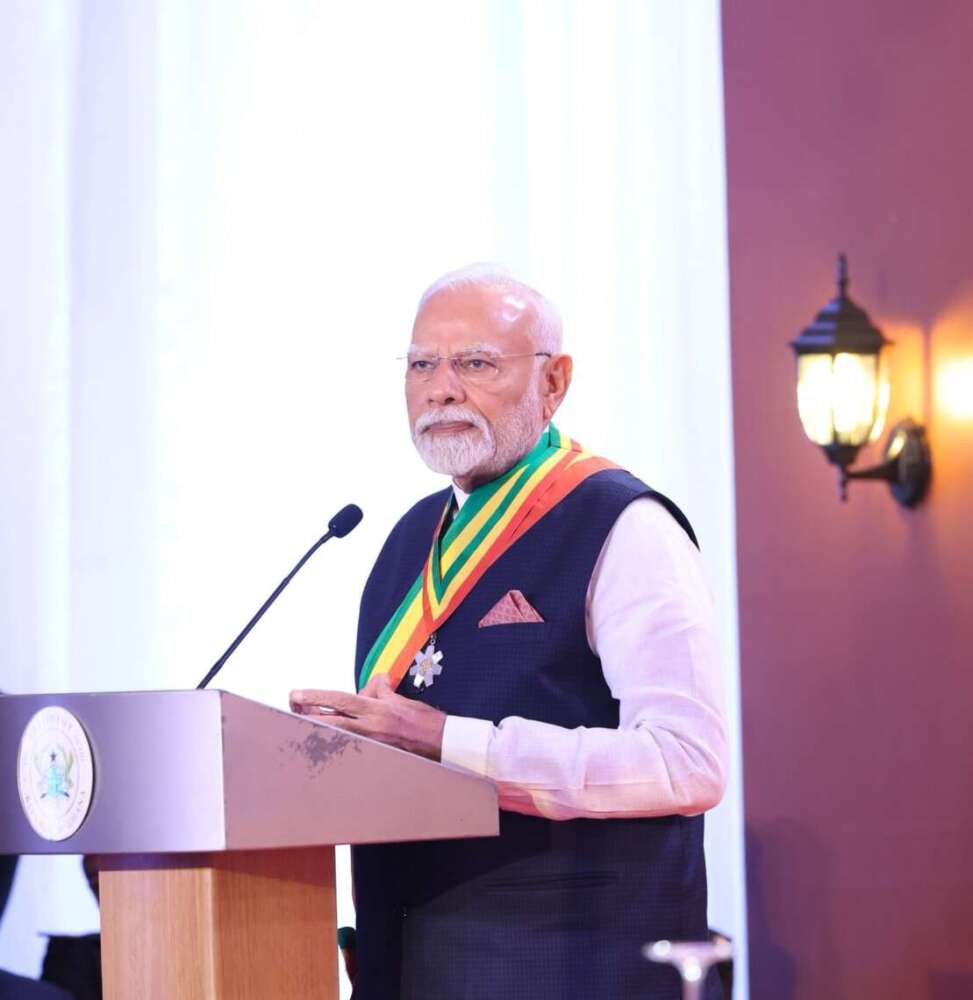The imagery from the satellite can be used to detect pest infestation, map forest fires, identify soil stress and oil slicks amongst other things, a statement from Pixxel said on Monday…reports Asian Lite News
Spacetech startup Pixxel will launch its third hyperspectral satellite – Anand – onboard ISRO’s Polar Satellite Launch Vehicle (PSLV) from the Sriharikota spaceport on Saturday.
Announcing the launch, founder and CEO of Pixxel, Awais Ahmed, said on twitter: “After more than 18 months of delay, many many retests, and more than two years of sweat and hard work by the team, we are finally launching this week.”
Anand is a hyperspectral microsatellite weighing less than 15 kg but having more than 150 wavelengths that will enable it to capture images of the earth in greater detail than today’s non-hyperspectral satellites that have not more than 10 wavelengths, news agency PTI reported.
The imagery from the satellite can be used to detect pest infestation, map forest fires, identify soil stress and oil slicks amongst other things, a statement from Pixxel said on Monday.
Founded by Ahmed and Kshitij Khandelwal, Pixxel became the first Indian company ever to launch a commercial satellite – Shakuntala – in April using Elon Musk’s SpaceX’s Falcon-9 rocket.
Pixxel’s hyperspectral satellites are unique in their ability to provide hundreds of bands of information with global coverage at a very high frequency, making them ideal for disaster relief, agricultural monitoring, energy monitoring and urban planning applications, the company said, it was reported.
The satellites are equipped to beam down up to 50 times more information with unprecedented detail, compared with other conventional satellites in orbit, it was reported.
Private rocket
India’s rocket startup Skyroot Aerospace on Friday successfully began its space journey with its rocket Vikram-S and wrote a new chapter in the country’s space history pages.
Weighing 545 kg, the six-metre-long rocket on a sub-orbital mission carried three payloads from Space Kidz India, Bazoomq Armenia, and N-Space Tech India.
The rocket was made with carbon fibre and four 3D printed engines and its single stage was powered by solid fuel.
At about 11.30 a.m., Vikram-S flew away from ISRO’s sounding rocket launch pad at ISRO’s rocket port in Sriharikota in Andhra Pradesh.
The rocket reached an altitude of 89.5 km and then safely splashed down in the Bay of Bengal.
In about 300 seconds, a new space history was made in India.
The mission will help validate the technologies that will be used in the subsequent Vikram-1 orbital vehicle of Skyroot Aerospace that is planned for launch next year.
Union Science & Technology Minister Jitendra Singh who witnessed the launch here said it is indeed a new beginning, a new dawn, a new ‘Prarambh’ in Indian space programme.
Thanking Prime Minister Narendra Modi for his decision to open up the space sector for private participation, Singh said: “It is a turning point in the Indian startup movement.”
He also congratulated Indian Space Research Organisation (ISRO) for adding one more feather in its cap.












